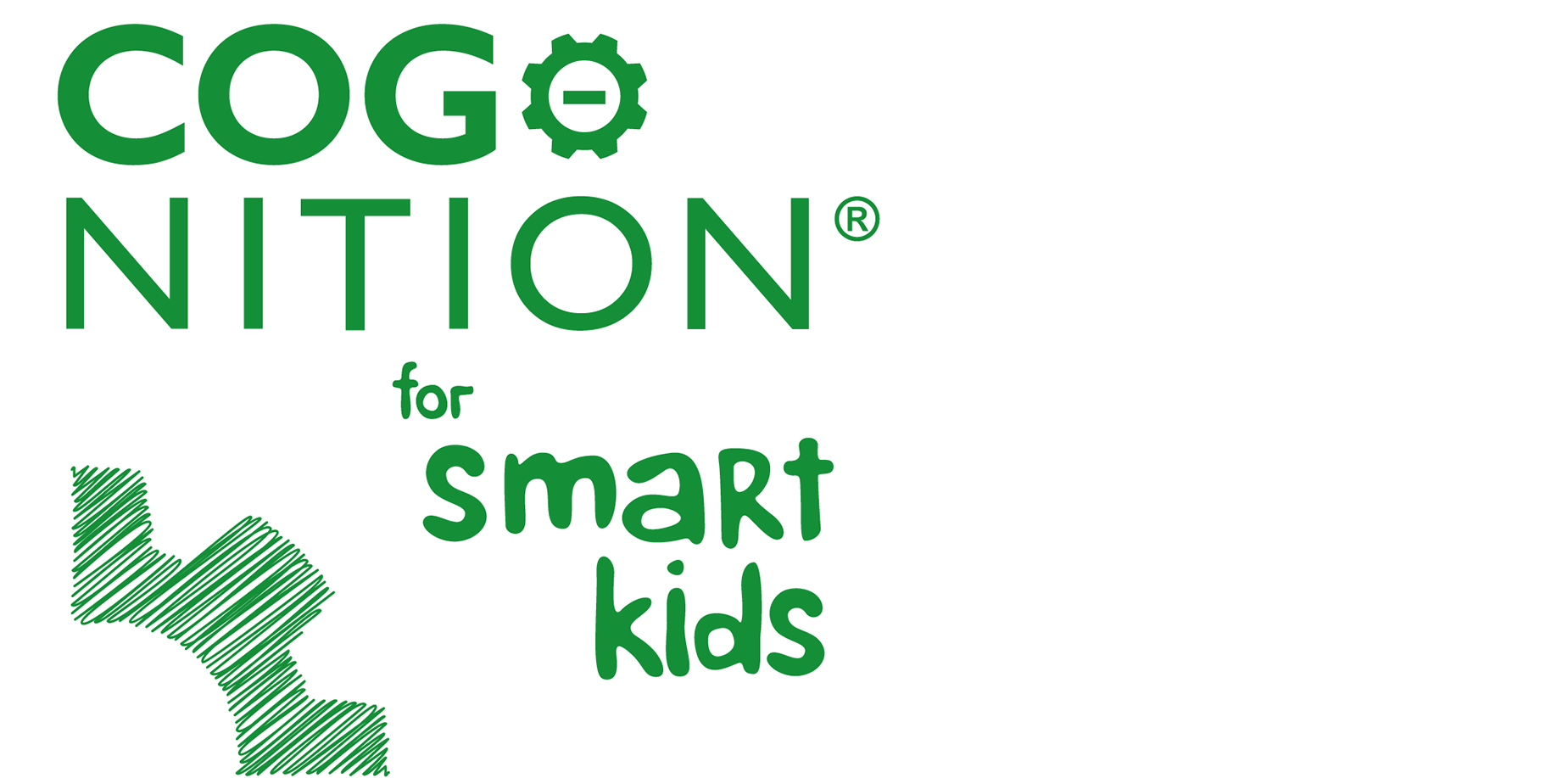Your Child’s Antioxidant Shield (Vitamins A, C & E)
Did you know that vitamins A, C, and E are some of the most powerful antioxidants for your child’s health? They protect against damage from pollution, processed foods, and everyday stress while strengthening the immune system and supporting brain function.
Why It Matters
✔ Vitamin A (found in sweet potatoes, carrots, and leafy greens) supports eye health, immune function, and cell growth.
✔ Vitamin C (found in oranges, bell peppers, and strawberries) is a powerful antioxidant that boosts immunity and helps the body heal.
✔ Vitamin E (found in nuts, seeds, and avocados) protects cells from oxidative damage and supports skin health.
What You Need to Know:
✔ These vitamins work best when eaten in whole foods rather than supplements alone.
✔ Cooking can destroy vitamin C, so try raw or lightly steamed options.
✔ Fat-soluble vitamins like A and E are best absorbed with healthy fats like olive oil or nuts.
How to Implement Change
Today’s Challenge: Add one vitamin-packed snack today, like carrot sticks with hummus or a fruit salad with oranges and berries.
💬 Encouragement for Parents:
Every little choice adds up! By incorporating more of these powerful vitamins into your child’s meals, you’re giving them the tools to grow strong and stay healthy. Keep it up!
📌 Next email: Zinc & Selenium – The Mighty Minerals for Immunity & Growth!
Further info
